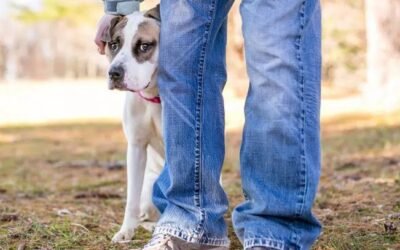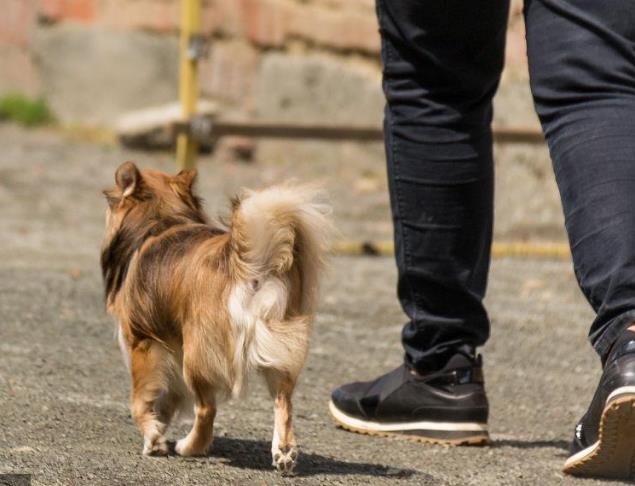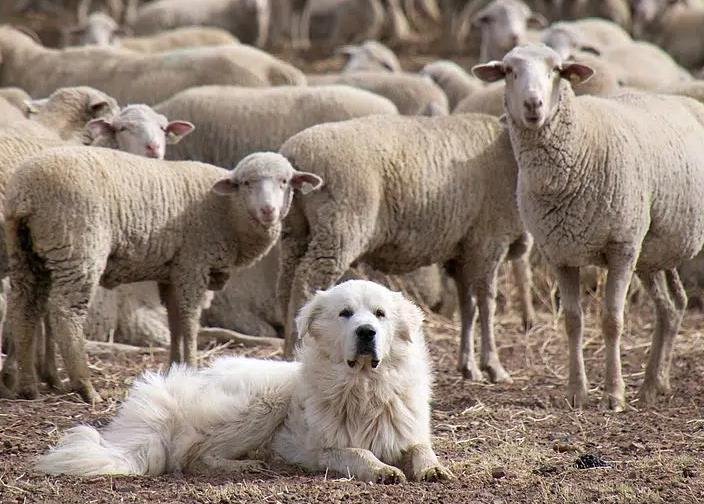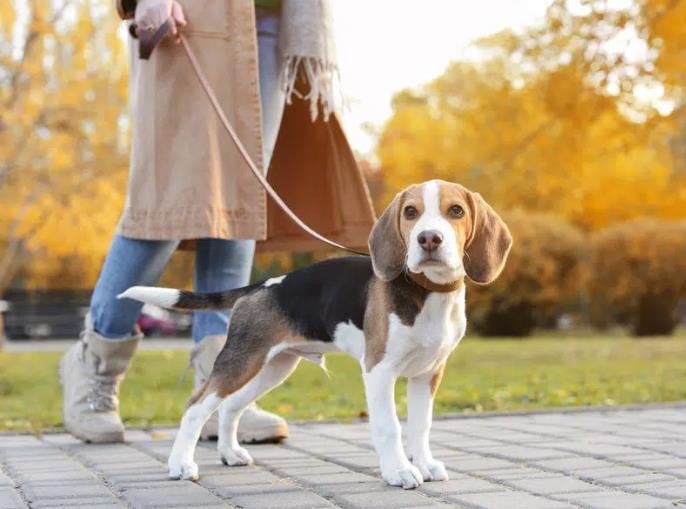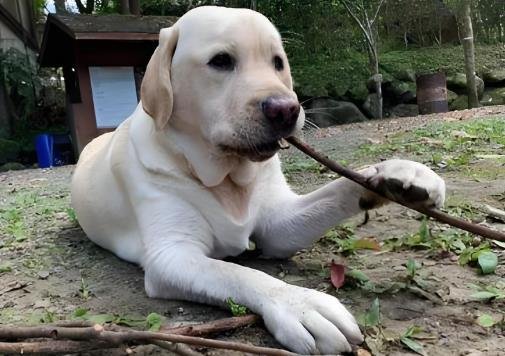Take a look at the dogs on the field, they can follow the guide hand like a shadow, and then take a look at some of our friends walking dogs in life, it’s like dogs pulling people to run. Why is there such a big difference? It’s not because of the dog, it’s because of training.
The chaotic behavior of dogs after going out is a headache for many dog owners. Therefore, training dogs to “follow their feet” and avoid bumping around outside is a dog skill that many dog owners dream of.
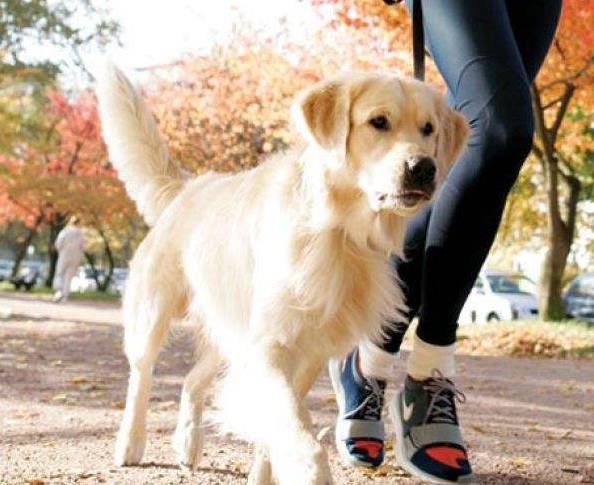
1. First, determine the direction. Before starting the accompanying practice, we need to first think about which side the dog is accustomed to walking on, because the road is on the left side, so it is generally safer to walk on the left side.
2. The owner put a leash on the dog and started moving forward. If the dog exceeds your pace or is running around, use a leash to bring the dog back to you or follow the established route.
3. If the dog’s reaction is intense, there is no need to rush to let the dog continue moving forward. You can first ask the dog to sit down and wait for the dog to stabilize. Then, ask the dog owner to pat their feet and give the dog a signal. Then, let the dog follow the owner.
4. During the journey, the dog may want to charge forward because it sees other dogs. At this point, the dog owner should immediately tighten the leash and the dog will come to a stop. When the dog comes to a stop, the owner also stops, calls its name to catch its attention, and gives it a sniff of the snacks in hand before slowly moving forward. When the dog naturally walks at the owner’s feet, you can try to let go of the front leash and take a walk together. Remember to encourage it well, pat it and talk to it.
reminder:
1. Shake the dog leash: A seemingly insignificant action is actually giving instructions to the dog. A well-trained dog doesn’t need a command at all, it just needs you to gently pull the leash. That’s why dogs on the track are obedient, everything is on the leash. So, during regular training, this action must not be ignored.
2. Pacification, encouragement, and praise: They are all obedient, but their performance may be completely different. Poor training can be mechanical, silly, or helpless. Good training can be lively, exciting, and joyful. What kind of dog do you want? Remember, praise and encouragement are necessary and come from the heart.
3. Training time: At the beginning of training, 3-5 minutes each time is sufficient, and can be extended to over 10 minutes in the future. Just like playing games, don’t make dogs dislike it. Imagine, when we ask a dog to always focus on guiding its hands during training, how long can she persist? So, time must be well controlled, but you can train multiple times a day.
